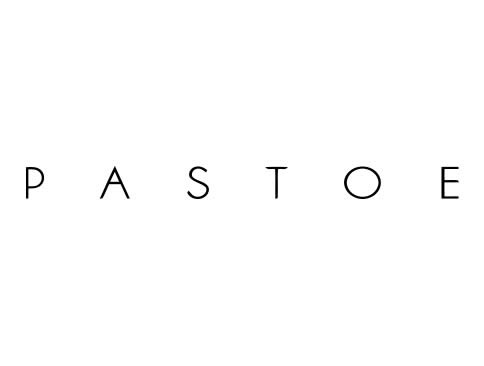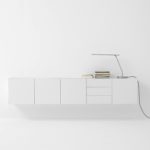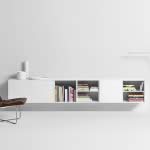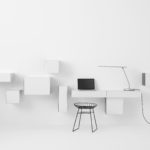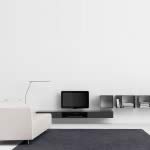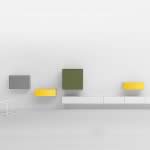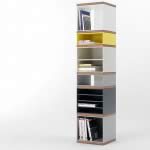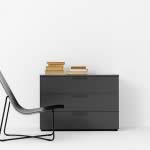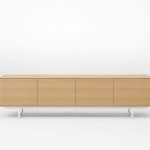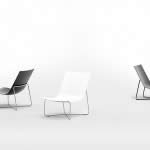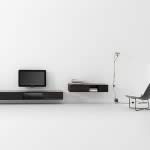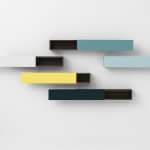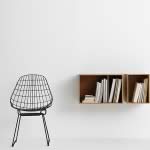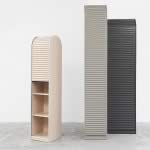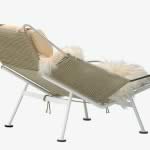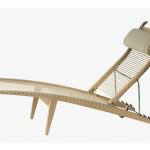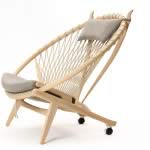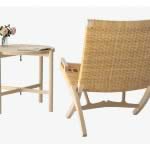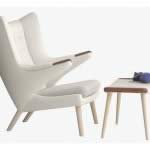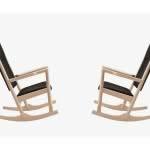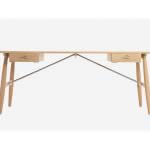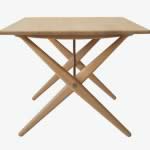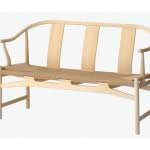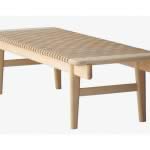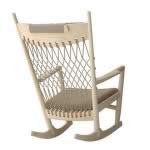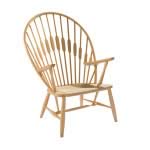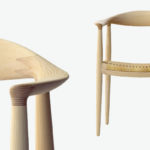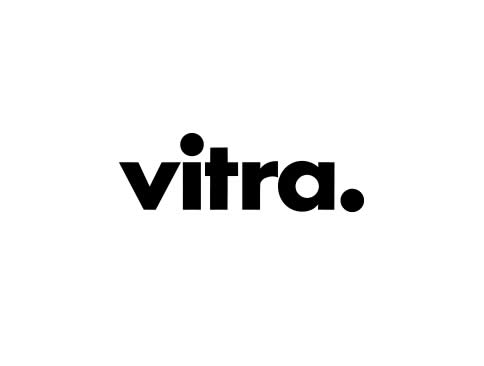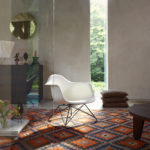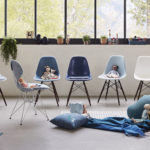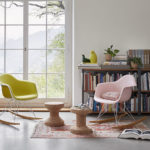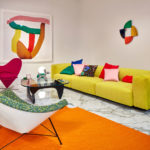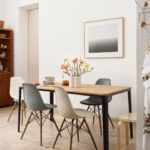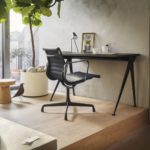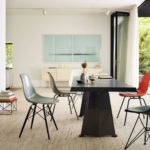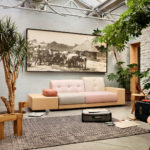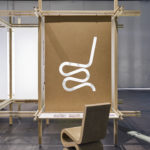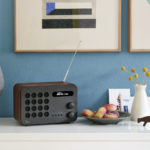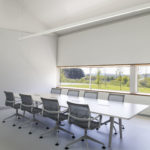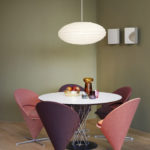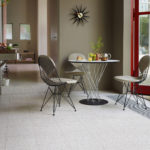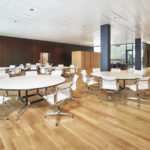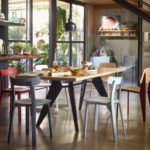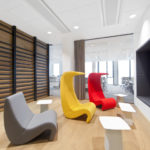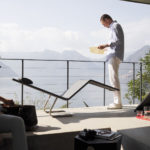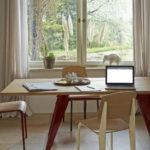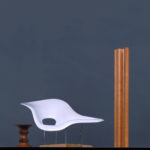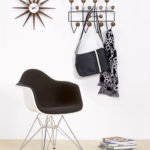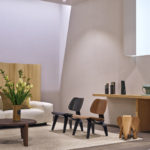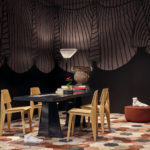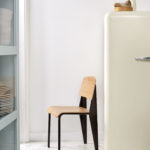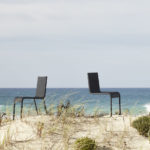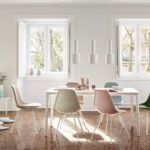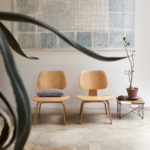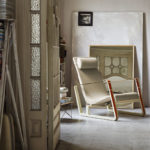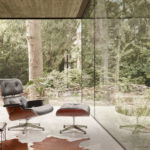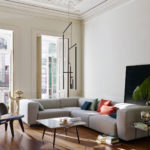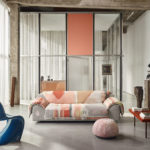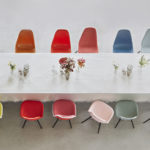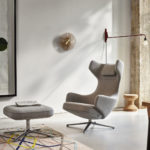Pastoe was born in Holland in 1913 in Utrecht for the creation of furnishings, in particular armchairs and sofas, but since 1948 it has focused on wooden containers in a modern and functional key. The sobriety and the technical and aesthetic refinement have always been the main guidelines in all the collections that have alternated, up to the most recent and beloved Vision series: container containers, modular in a huge amount of sizes, possibilities and colors, with the particularity of the pressure opening and the thicknesses at 45 degrees. The result, extremely refined and elegant, is much loved by architects, design lovers and designers for the purity of its aesthetics.
The Pastoe collection is therefore the result of many years of experience in the development and production of the highest quality furniture. Every day we invest again in quality, in the continuous search for further refinement of the technique and greater functionality, without stopping, until we reach the desired result.
When visual and material sustainability is increased, even the smallest details become important; the visibility of a screw or the shape of a hinge are therefore treated with extreme care and attention. The pursuit of perfection is, and will always remain, inherent in the company’s culture. Pastoe furniture is still made in the historic Utrecht factory, taking care to maintain traditional and artisan quality. In order to obtain the best result, production is still largely manual. Thanks to this attention and preparation, an impeccable piece of furniture of great value is born.
Pastoe has always remained faithful to the modular principle. Current furniture systems lend themselves to making sideboards, TV furniture, containers … and they can be defined as figurative works of art. The furniture is not only part of the wall, but also the wall becomes part of the furniture thanks to the play of shadows. Pastoe furniture leaves room for additions according to your taste and thanks to their shape they can be easily combined with other styles and brands.
The connection with art is always very close: in the development of its furniture, the company involves the ability of architects and artists and their sense of form, the keen eye for detail and the play between light and space. It starts with shapes, volumes and colors, elaborating them, to translate everything into furniture. This leads to furniture that is both functional and artistic: a piece of furniture as an object. In addition to the collaboration with architects and artists, the product development section, always at the forefront, translates the signals coming from the market into furniture in line with Pastoe’s design vision.
